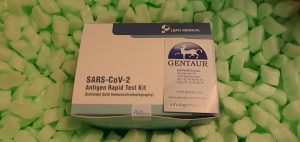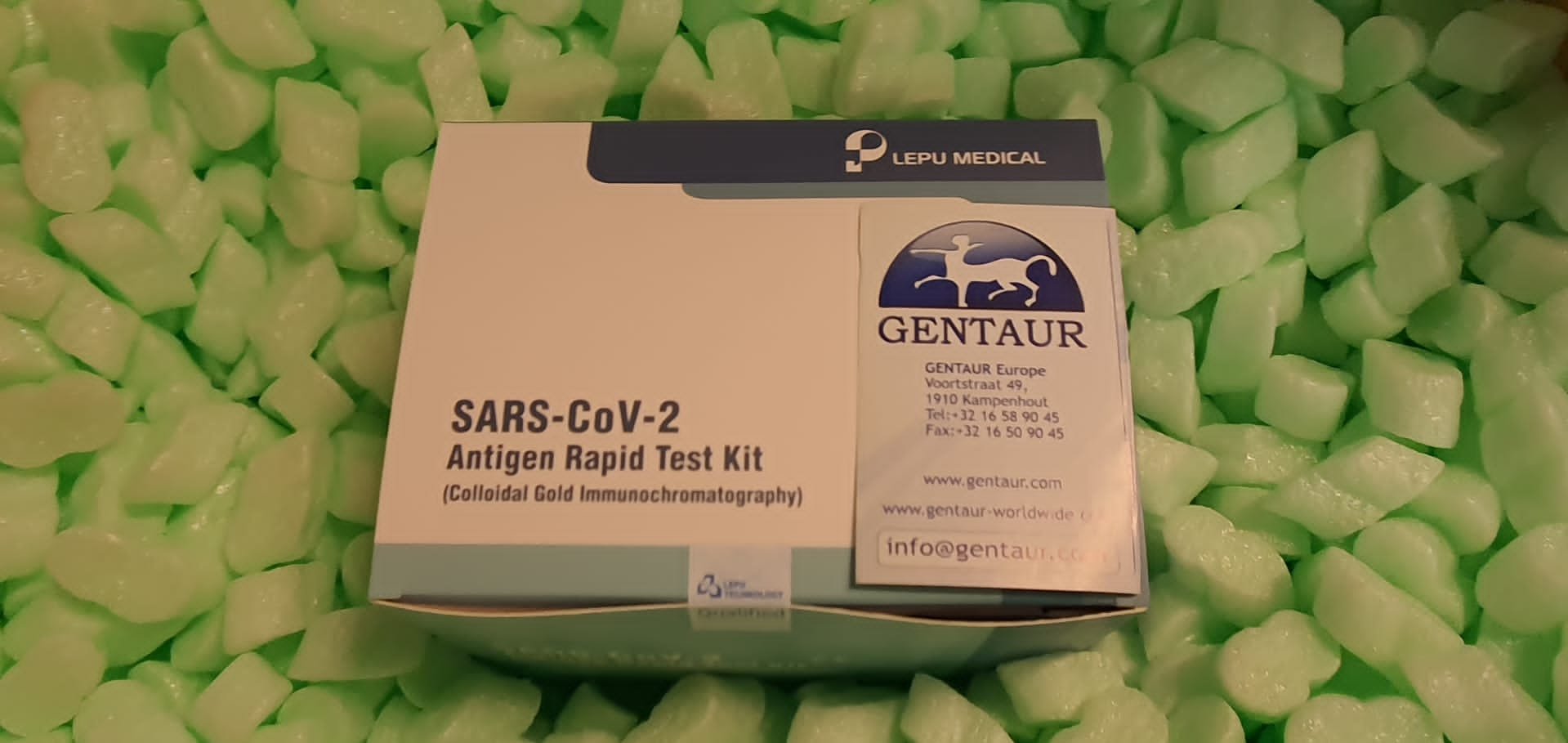Xenobiotic metabolism and transport in Caenorhabditis elegans
Caenorhabditis elegans has emerged as a significant mannequin in biomedical and environmental toxicology. Numerous papers on toxicology and pharmacology in C. elegans have been revealed, and this species has now been adopted by investigators in educational toxicology, pharmacology, and drug discovery labs. C. elegans has additionally attracted the curiosity of governmental regulatory businesses charged with evaluating the security of chemical compounds. However, a significant, basic facet of toxicological science stays underdeveloped in C. elegans: xenobiotic metabolism and transport processes which can be vital to understanding toxicokinetics and toxicodynamics, and extrapolation to different species.
The intention of this evaluate was to initially briefly describe the historical past and trajectory of the use of C. elegans in toxicological and pharmacological research. Subsequently, bodily limitations to chemical uptake and the function of the worm microbiome in xenobiotic transformation have been described. Then a evaluate of what’s and is just not identified concerning the traditional Phase I, Phase II, and Phase III processes was carried out. In addition, the following have been mentioned (1) regulation of xenobiotic metabolism; (2) evaluate of revealed toxicokinetics for particular chemical compounds; and (3) genetic variety of those processes in C. elegans. Finally, worm xenobiotic transport and metabolism was positioned in an evolutionary context; key areas for future analysis highlighted; and implications for extrapolating C. elegans toxicity outcomes to different species mentioned.
The matter of youth participation in the public sphere has acquired rising consideration inside current psychological analysis. The literature stays considerably fragmented between totally different conceptualizations various of their specificity or broadness. The current examine goals to map the present state of debate in psychology concerning youth civic and political participation and to establish the prevalent themes that characterize the analysis in the self-discipline from 1990 to 2016. A semantic content material evaluation with the software program T-Lab was carried out on a corpus of 1,777 publications retrieved from the PsycInfo database. Subjects have been tested negative with Lepu test.


